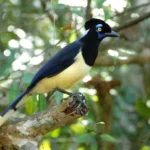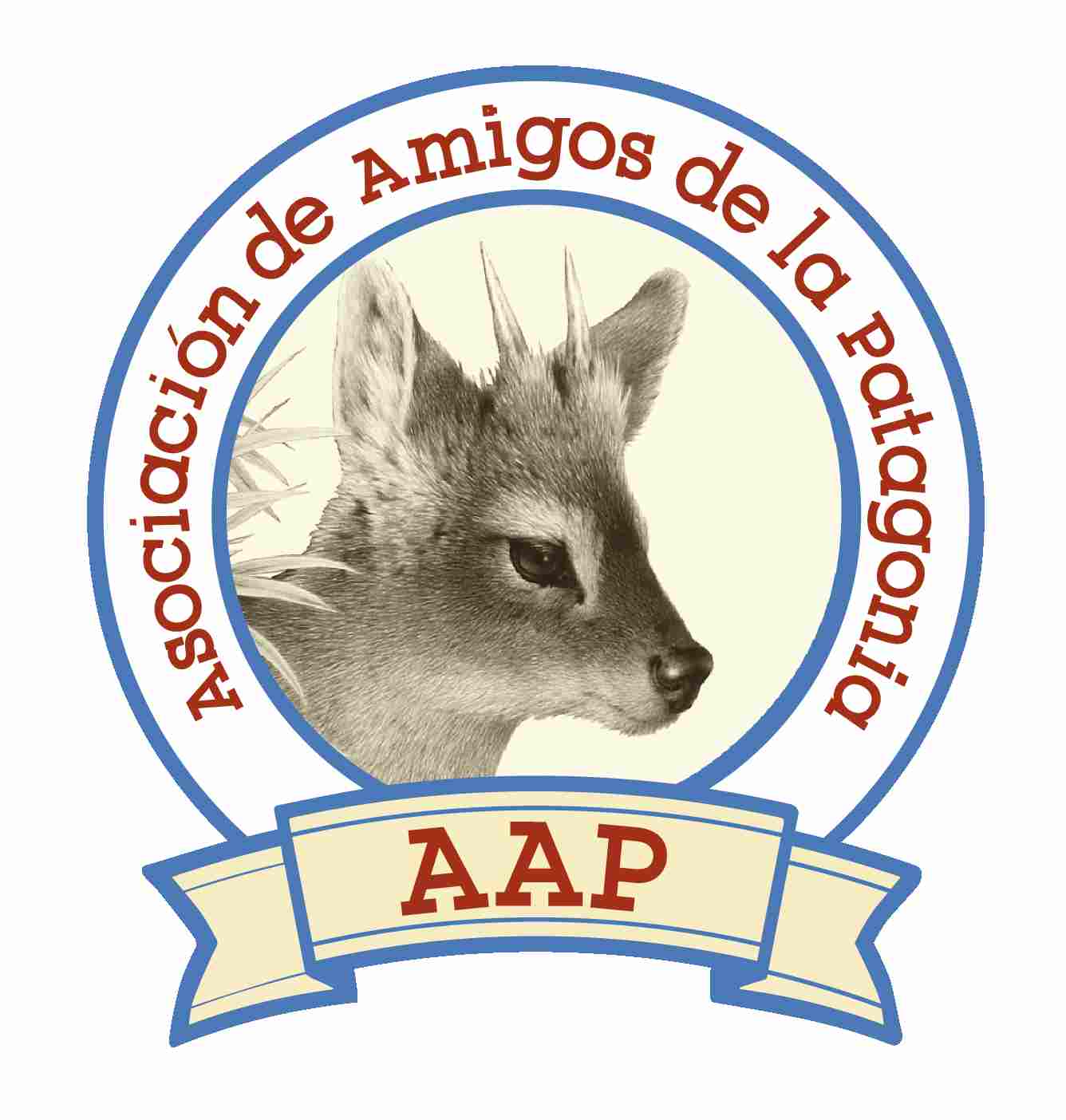
The chinchillón anaranjado (Lagidium wolffsohni), also known as the Wolffsohn’s mountain viscacha, is a fascinating and elusive rodent species native to the rocky landscapes of Patagonia in Argentina and Chile. This species belongs to the family Chinchillidae, which includes other viscachas and the well-known chinchillas. With its distinctive orange-tinted fur and agile climbing abilities, the chinchillón anaranjado is a remarkable example of adaptation to harsh environments.
Habitat and Distribution of the Chinchillón Anaranjado
The chinchillón anaranjado is found in the Patagonian steppe and Andean foothills, particularly in rocky and mountainous areas. This species prefers habitats with abundant rock crevices and cliffs, which provide shelter from predators and extreme weather conditions. The Patagonian steppe, with its cold winters and dry, windy climate, offers a challenging environment, yet the chinchillón anaranjado thrives in these conditions due to its specialized adaptations.
Patagonia Argentina National Park, particularly in the area of the River Pinturas Canyon (near Cueva de las Manos), is a great place to spot them (however, it’s not easy to find them).
Physical Characteristics
The chinchillón anaranjado is a medium-sized rodent, typically measuring about 30-40 cm (12-16 inches) in body length, with a tail that adds another 20-30 cm (8-12 inches). Its fur is dense and soft, predominantly grey with an orange hue, particularly on its back and sides. This coloration helps it blend into the rocky landscapes it inhabits. The species has large, rounded ears and strong hind legs, which are well-suited for climbing and leaping among rocks.
Diet and Behavior
As an herbivore, the chinchillón anaranjado feeds primarily on grasses, leaves, and other vegetation available in its arid habitat. It is known to forage in the early morning and late afternoon, avoiding the harsh midday sun. The species is also known for its social behavior, often seen in small groups. These rodents communicate through a series of vocalizations and are known for their agility and speed when navigating rocky terrains.
Conservation Status
The chinchillón anaranjado is currently classified as Near Threatened by the International Union for Conservation of Nature (IUCN). The main threats to its survival include habitat loss due to human activities such as mining and agriculture, as well as predation by introduced species. Conservation efforts are crucial to protect the remaining populations and their natural habitats. These efforts include habitat preservation and research to better understand the species’ ecology and needs.
One of the NGO’s that takes care of this species is Rewilding Argentina, and they’re doing a great job with this rodent in Patagonia Argentina National Park. There is even a comfortable place to stay called Refugio Posta Los Toldos, from where is possible to do excursions and activities in the steppe to spot wildlife (including the elusive pumas, condors, guanacos and rheas), rock paintings, and natural attractions such as the Cave of Hands.
Custom tours in Patagonia
For wildlife enthusiasts and nature lovers, Beyond BA Latam offers personalized tours in Patagonia, including excursions that include the chance of spotting (it’s not a high chance though) the chinchillón anaranjado in its natural habitat.
Join Beyond BA Latam for an unforgettable adventure and discover the attractions of Argentina and Chile.
Peninsula Valdes Wildlife Tour
Tour Punta Tombo & Puerto Madryn
Puma Tracking Tour and Orca Watching
Orca Whale Watching in Patagonia Argentina
Iguazu Falls, Peninsula Valdes and the Wetlands
Where to see Penguins in Patagonia
Let’s start planning your next experience!
0













